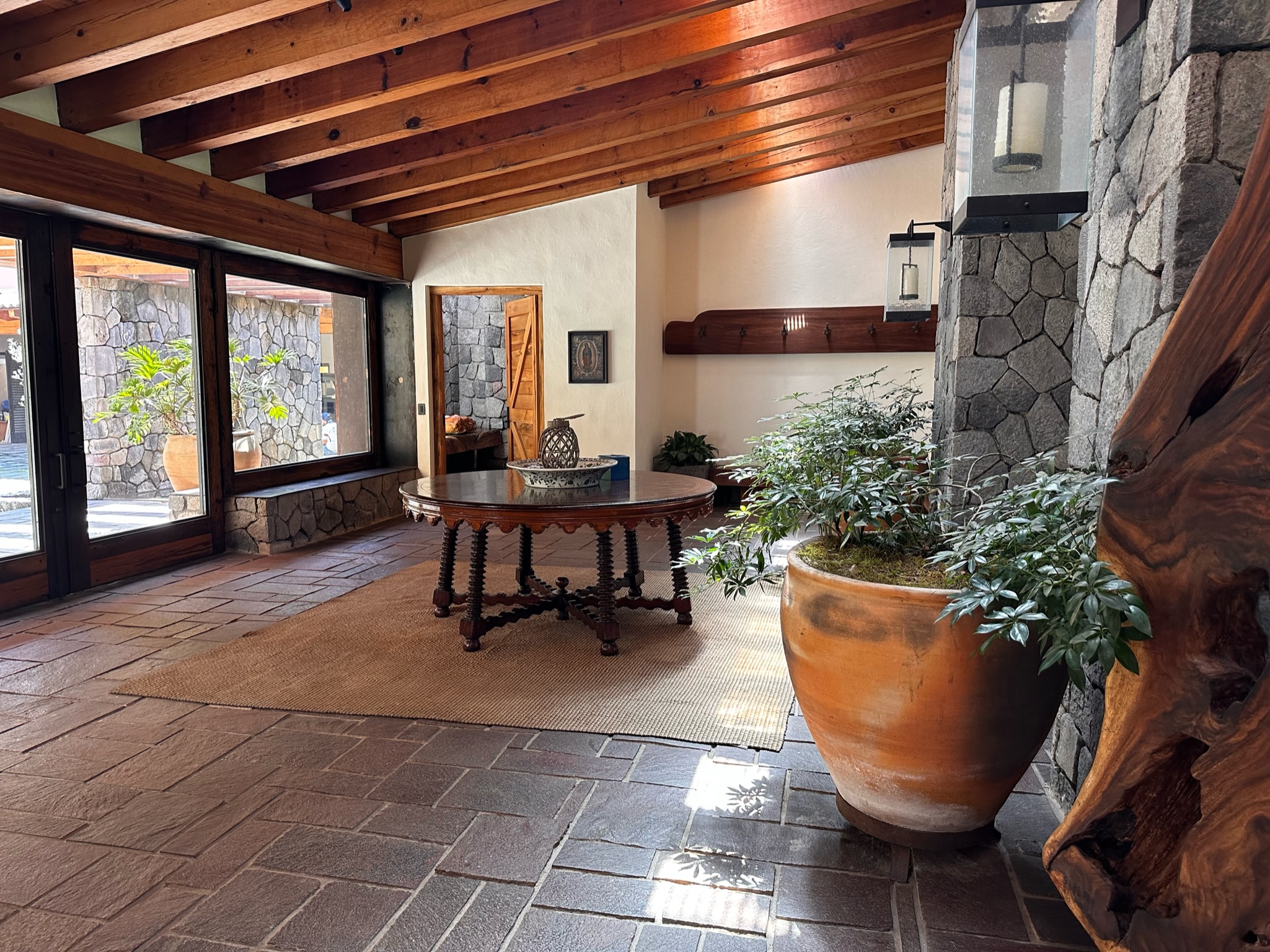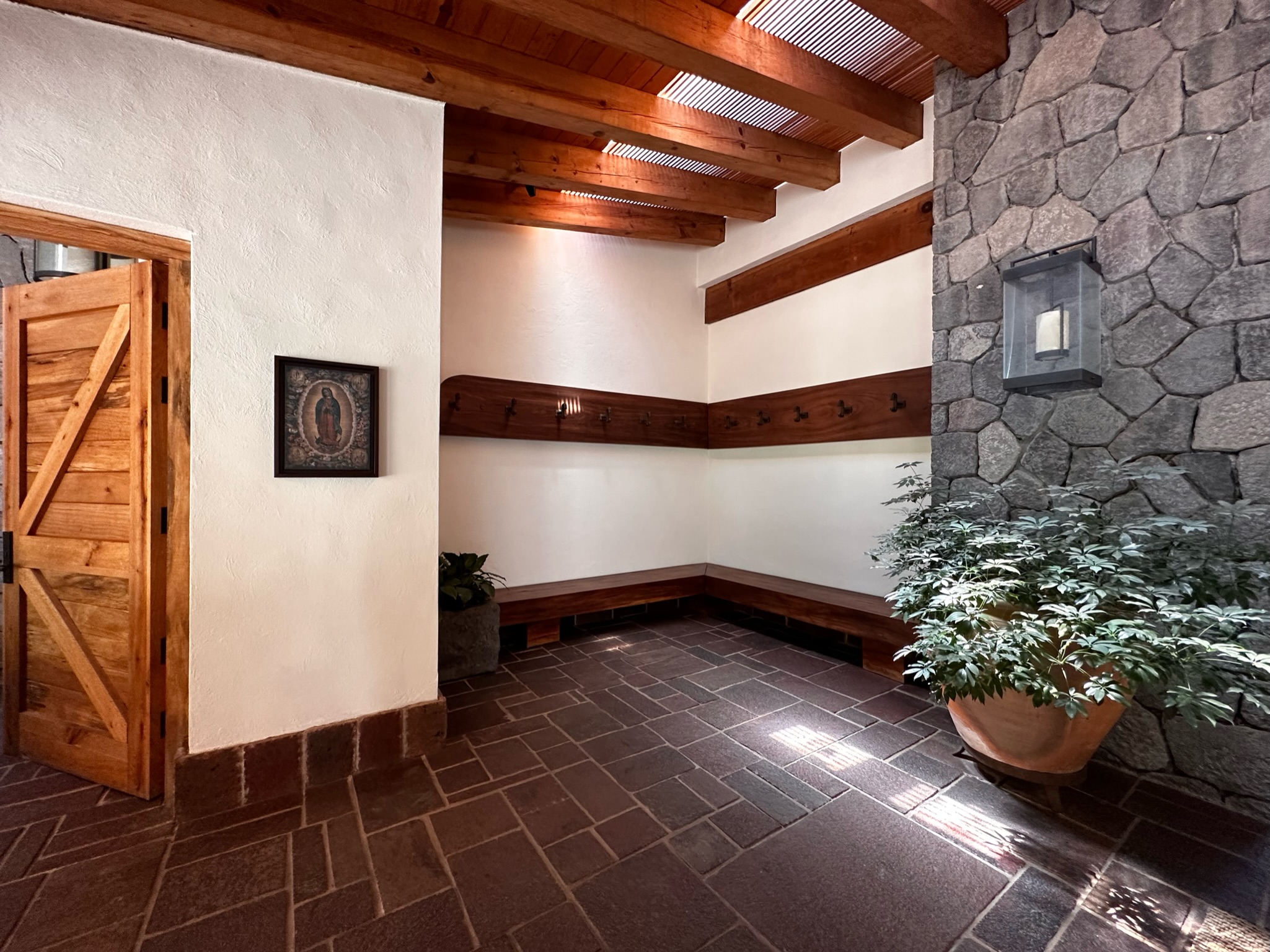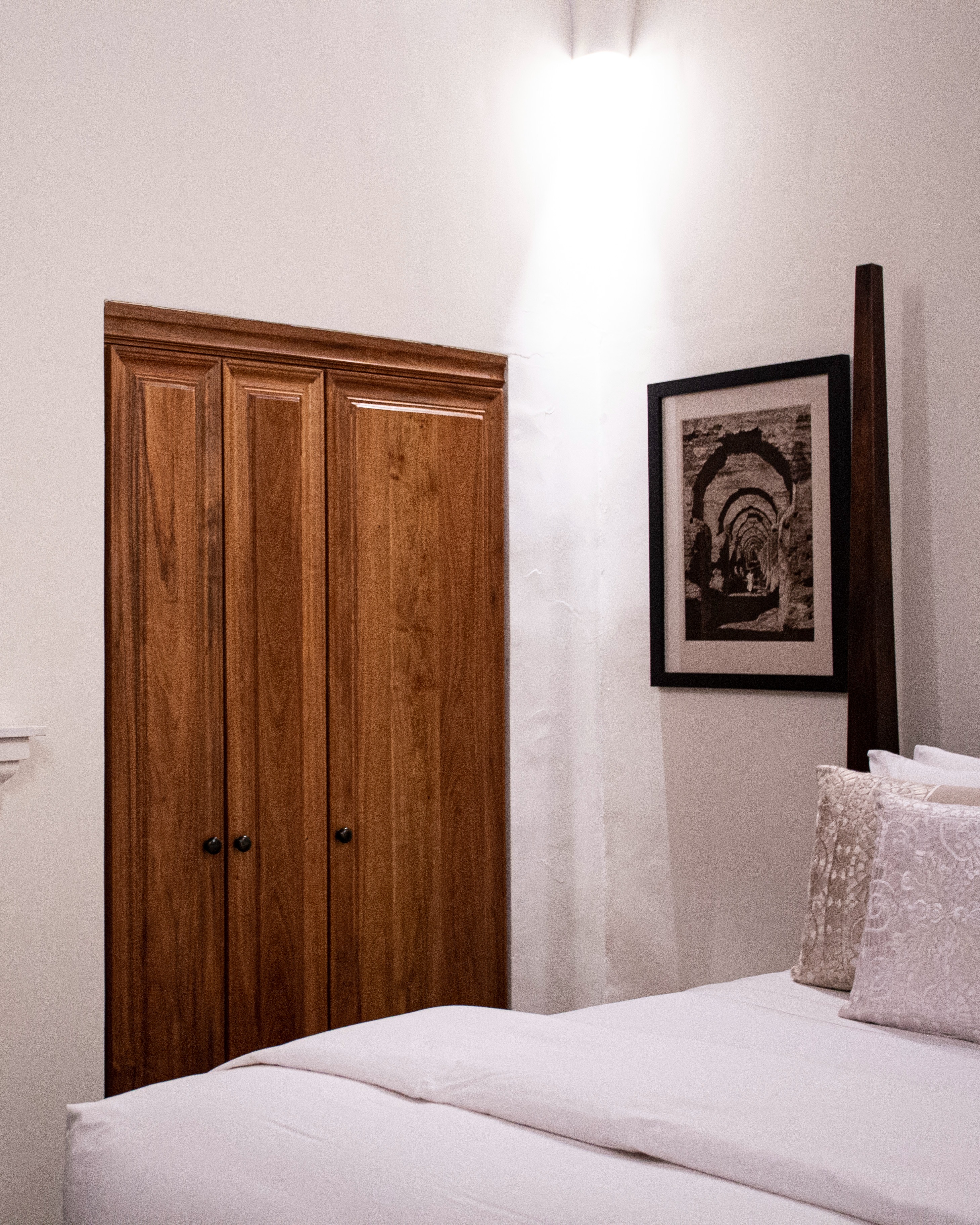What is Biophilia and How Do We Incorporate it in Interior Design?
Discover how to integrate natural elements in interior design to create healthy spaces that reconnect us to our natural selves.
The benefits of biophilia in interior design
Biophilia means the "love of living things" and it refers to the innate, evolutionary connection humans feel towards nature and other living things. Being around natural elements evokes positive sensations within us and can offers numerous health and wellness benefits. By incorporating natural elements into interior spaces, we bring that natural connection into our homes. This can improve mood, reduce stress, and boost productivity. Furthermore, the presence of nature indoors can help purify and improve air quality. Biophilia also fosters creativity and inspiration, as natural elements can stimulate imagination and generate a sense of calm and tranquility.*
Another important benefit of biophilia in interior design is its positive impact on mental health. In today's fast-paced and urbanizing world, we are often surrounded by cement, metal, and the noise of engines. Being surrounded by natural elements can reduce anxiety, improve mood, and promote greater peace emotional well-being. Connection with nature can help individuals feel more grounded and connected to their surroundings, which can have a great positive affect on overall health.

Natural elements in decoration
One of the easiest ways to incorporate natural elements in design is through decoration. Materials such as wood, stone, and bamboo are great options to incorporate. These materials not only add a natural look to spaces but are also sustainable and environmentally friendly.
In addition to materials, natural elements like rocks, seashells, and tree trunks can be incorporated into the decor. These elements can be used as accessories or decorative pieces to create a more natural and organic ambiance.
The use of plants in design
A popular way to integrate biophilia in interior design is through plants. Plants not only add beauty and freshness to spaces but also help purify the air by absorbing carbon dioxide and releasing oxygen. Moreover, plants can create a peaceful and relaxing atmosphere, contributing to stress reduction and improved well-being.
There are many plant options that can adapt to different interior spaces. Some popular indoor plants include the Boston fern, snake plant, and bamboo palm. These plants are easy to care for and add a touch of greenery to any room.

The importance of natural light
Natural lighting plays a crucial role in biophilic interior design. Natural light not only provides a warmer and more inviting look to spaces but also has health benefits. Exposure to natural light helps regulate the biological clock and can improve mood and productivity.
Each home has different access to natural light, but design choices can help maximize the entry and enjoyment of natural light. This can be achieved by using sheer curtains or blinds that allow light passage, and by placing work and relaxation areas near windows. Mirrors and reflective surfaces can also be used to maximize the distribution of natural light in interior spaces.
Sustainable and Environmentally Friendly Materials
In biophilic interior design, it's crucial to use sustainable and environmentally friendly materials. This includes the use of certified woods, eco-friendly paints and finishes, as well as recycled or reused materials.
By using sustainable materials, the environmental impact of interior spaces is reduced, promoting the conservation of natural resources. These materials are also often more durable and of higher quality, contributing to the creation of healthier and more sustainable interior spaces in the long run.


